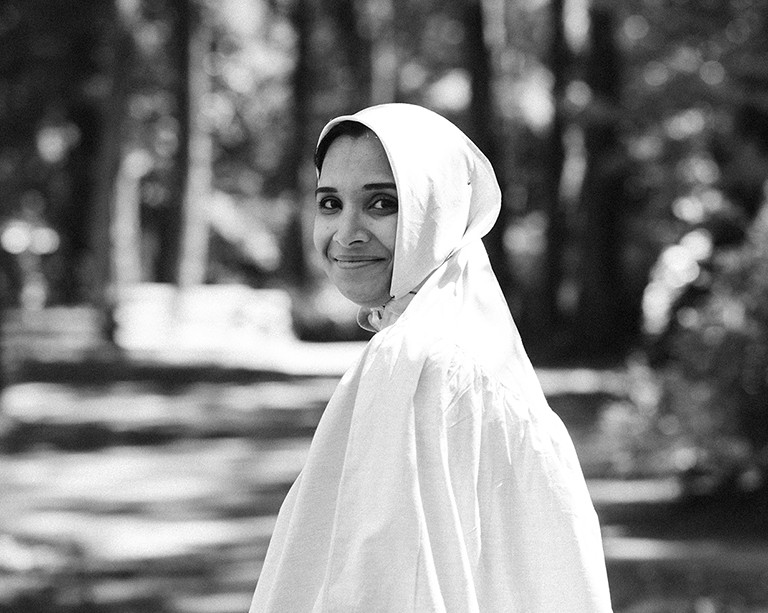“It has always been difficult for religious women in general to find a safe public space where they can talk about issues that affect their lives,” says Arwa Hussain, a doctoral student in Concordia’s Department of Religions and Cultures.
“It is more complicated for Muslim women because of general stereotypes, Islamophobia and assumptions about them,” she adds.
Hussain’s research examines how young women from the close-knit Dawoodi Bohra community interact on social media. The Dawoodi Bohras are a devout branch of Shia Islam spread across countries in the Middle East and East Africa, comprising between two and five million people.
“I look at how social media and the internet provide opportunities for young Dawoodi Bohra religious women to express themselves more freely and articulate their identities,” she says.
Hussain won the Relève étoile Paul-Gérin Lajoie Award from the Fond de recherche du Québec (FRQ) for the month of July.
She received the FRQ award in the Society and Culture category for her research paper “’Covered, Not Bound’: Young Dawoodi Bohra Women’s Self-Representation and Agency through the Online Website Mighzal,” which last year in Journal for religion, media and digital culture.
Each month, three Relève étoile prizes of $1,500 are awarded in the categories of Society and Culture, Nature and Technology, and Health.
Freedom within the framework of tradition
The Dawoodi Bohras have a small but growing presence in North America, including in communities in Canada and the United States.
Hussain followed young women on the Mighzal Website (an Arabic word meaning “spinning wheel”) that combines digital ethnography and immersive coexistence to learn more about how they interact and support each other online.
“We are a very diasporic community and this was one of the first platforms where young Bohra women from all over the world had all kinds of conversations that affected their lives,” she says.
“There are different sections and profile pieces that stimulate conversations. This helped women realize that there are others who have the same problems.”
The topics these young women talk about include gender relations, self-expression and fashion.
“Dawoodi Bohra women have a very unique type of hijab, called Ridaa two-piece garment that is very colourful and decorated,” explains Hussain.
“It is a very identifiable form of dress and Bohra women have a complicated relationship with it because it comes with a religious association but can also be fashionable. Mighzal was one of the first websites where Bohra women spoke about the issues and struggles they experienced around religious dress.”
Embrace technology positively
Hussain’s work and research, which she is currently developing into a doctoral thesis, is an example of how technology and online spaces can have a positive impact on isolated traditional religious communities.
“One of the biggest things I’ve seen in my research is this shift in the perception of the rida through the idea that it can be fashionable,” she says. “Another finding from Mighzal is how this community has grown – it’s now moved mainly to Instagram. But you can also see this increase in the number of young Bohra women having these discussions.”
The community has embraced technology and the Internet with enthusiasm across the board.
“There is always a certain tension between new technology and tradition, but we see it as a tool, and it allows Dawoodi Bohra women to discuss issues and have conversations they otherwise could not have. There is no censorship and it is a natural evolution towards easier contact.”
Learn more about Concordia’s Department of Religions and Cultures and read the Winning article by Arwa Hussain.

